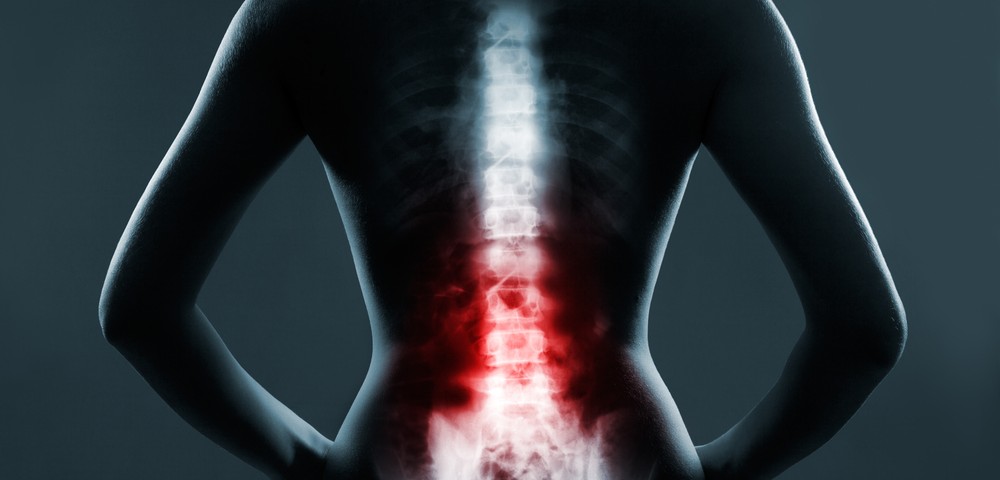A recent study reveals that more than 50 percent of fibromyalgia patients have positional cervical cord compression (PC3). The abstract of the study, titled “Fibromyalgia and Positional Cervical Cord Compression Differ Only By Autonomic Nervous System Consequences: A Double-Blinded, Prospective Study,” was presented at the 2015 ACR/ARHP annual meeting and is available online through the American College of Rheumatology Meeting Abstracts.
Fibromyalgia is a debilitating and chronic condition associated with muscular or musculoskeletal pain, fatigue, and mobility issues, with symptoms varying from patient to patient. The condition’s variable presentations — and patients’ differing responses to treatment — are thought to be related to other comorbidities, such as positional cervical cord compression (PC3), defined as cord abutment, compression or flattening with a spinal canal diameter of <10 mm by magnetic resonance. PC3 has been documented in 54% to 71% of all fibromyalgia patients, but it is very difficult to distinguish from FM due to symptom overlap. As such, its validity and impact in FM patients has been questioned.
Pacific Rheumatology Research scientists led by Dr. Andrew J. Holman, MD, conducted a study enrolling 54 patients with fibromyalgia who were evaluated with non-contrast cervical spine magnetic resonance imaging (MRI). Patients were also assessed by history and physical examination, and through a series of surveys: the Multidimensional Health Assessment Questionnaire (MDHAQ), Fibromyalgia Impact Questionnaire (FIQ), Short Form Health Survey (SF-36), Epworth Sleepiness Scale (ESS), Fatigue Severity Scale (FSS), Health Assessment Questionnaire (HAQ), and 16-item Quick Inventory of Depressive Symptoms (QIDS). They also underwent autonomic nervous system (ANS) assessment by 5-minute, frequency domain, and heart rate variability (HRV) of parasympathetic, sympathetic and total power measures.
Results showed that PC3 was identified in 31 of the 54 patients (57.4%) and, consistent with animal studies, autonomic nervous system parameters correlated with PC3 diagnostic: parasympathetic score was lower for PC3+ patients and higher for PC3- patients (p=0.029), while sympathetic score was higher for PC3+ patients and lower for patients with no PC3.
“This study provides the first evidence that intermittent, positional abutment of the cervical cord is a potent sympathetic arousal in humans. It also highlights the challenge of diagnosing and addressing PC3 without imaging. Further investigation will sort out the role of PC3 in the diagnostic conundrum of FM, its pathogenesis and its treatment algorithms,” the authors wrote.

